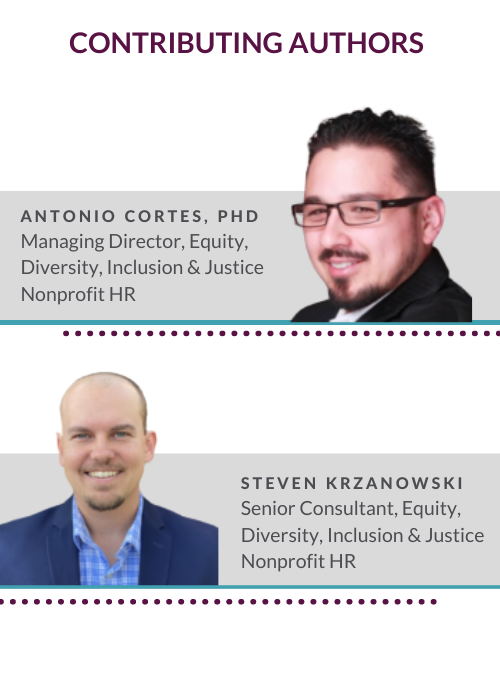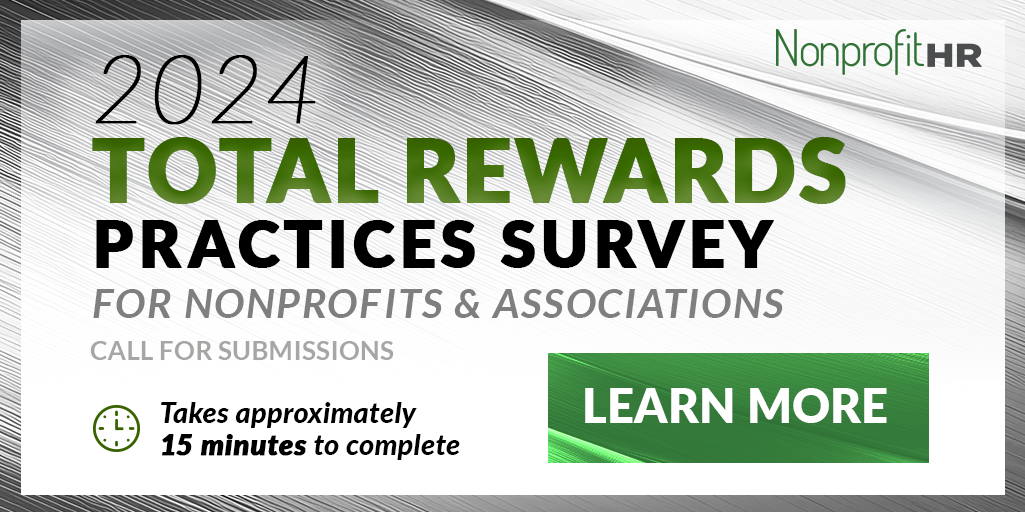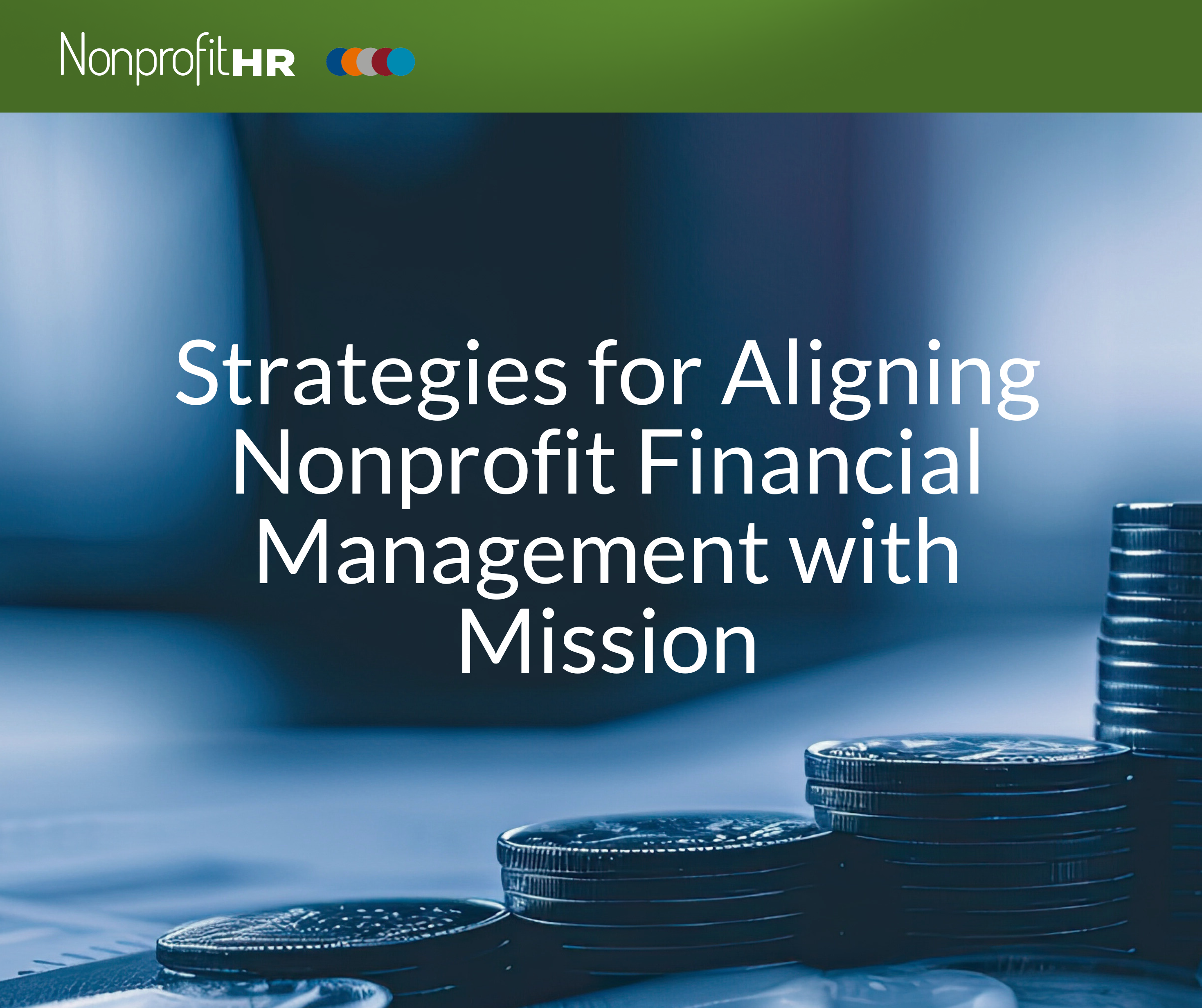WTOP: 5 ways nonprofits can…
Now more than ever, diversity, equity and inclusion are taking center stage—and rightly so.
After doing this work for a number of years, our team knows with certainty that integrating the work across the organization is critical to its success. Any time DEI lives on its own as a project, or you have a DEI team that is operating out on its own, organizational change will be fragmented, at best. DEI strategy needs to be a part of the fabric of the organization and link to the overarching organizational strategic plan to be effective. Benefits of an integrated DEI strategy include enhanced decision making, increased financial performance and strengthened employee engagement.
If your organization already has a DEI task force or advisory team, a great next step is to begin bridging the gap between the people who are doing the DEI work and the organization itself by overlaying DEI onto other areas where it may not be present. Embedding DEI into your systems and considering how your workforce interacts with one another also ensures long-term sustainability of DEI efforts. Doing so will also help your organization stay relevant, innovative and connected to your community.
Here’s what is most important: Regardless of where your organization’s starting point is, there are three essential elements to look at as you begin to integrate DEI across your organization. They are: transparency, power-sharing and accountability.
Part one on transparency is presented below. View part two (power-sharing) or part three (accountability) of the series.
Part One: Transparency
Transparency is the cornerstone of trust. Integrating DEI with transparency means bringing a wide range of identities and voices to the table and sharing how decisions that impact the workforce are being made. It means making sure folks are being valued, seen and heard. Being transparent about the motive behind actions, decisions and processes fosters a sense of trust and buy-in from employees. Ultimately, the goal is to create engagement opportunities for employees to feel considered in decision making, and this approach helps accomplish that objective.
When our DEI consultants execute equity assessments, they often see that the reason an HR system within an organization is viewed as inequitable is due to lack of transparency. For example, if employees are unclear on how compensation decisions are made or how compensation is determined, they will often make and share assumptions—and those assumptions may or may not be rooted in truth. If your organization is planning to publish compensation bands, focus on being transparent to help people understand the steps that were taken to arrive at those bands. This level of transparency will directly affect views of how equitable an organization’s systems are. In short, sometimes it’s not that a system is broken, it’s just that people don’t understand how it works.
As organizations start to operationalize their DEI strategy, transparency is part of the “how.” It is essential for leadership to have a full grasp of what’s going on, which can be determined through an assessment, in order to be transparent about it. That’s another key to transparency: being honest about where you are, where you’re going and what you need to do. Once the data is gathered and you determine where your starting points are, putting a plan together and communicating authentically about your strategy is critical.
This is where transparency intersects with accountability. There are many reasons why breakdowns may occur, and some may require leadership to share insights on why something hasn’t been working within the organization and what they’re going to do to repair it. Also, make the loop between here’s what we learned, here’s what you told us, here’s what we’re going to do in our strategy and here’s why it’s important. Share when you have successes and when you have wins, but also share when you have setbacks.
While certain things require an assessment, such as understanding employee perceptions of trust and belonging in an organization, oftentimes potential areas of uncertainty among employees can be identified by actively listening. This may illuminate where there are transparency issues that need to be addressed. Ideally, if everything is functioning as it should be in an organization, equity is very often a byproduct.
View part two (power-sharing) and part three (accountability) of the series.
Diversity:
- Who is present?
- What identities are there?
- What identities are not?
Equity
- How are your people management systems working together?
- Are things fair/equitable in compensation, promotion and across the full HR lifecycle?
- Are your people management systems creating opportunities for people to flourish in their role and organization as a whole?
Inclusion:
- What does the sense of belonging—the employees’ connection to the organization—look like?
- Do you have a sense of their satisfaction level with the work they’re achieving?
- Do you have a sense of how they see themselves as they relate to others?


































